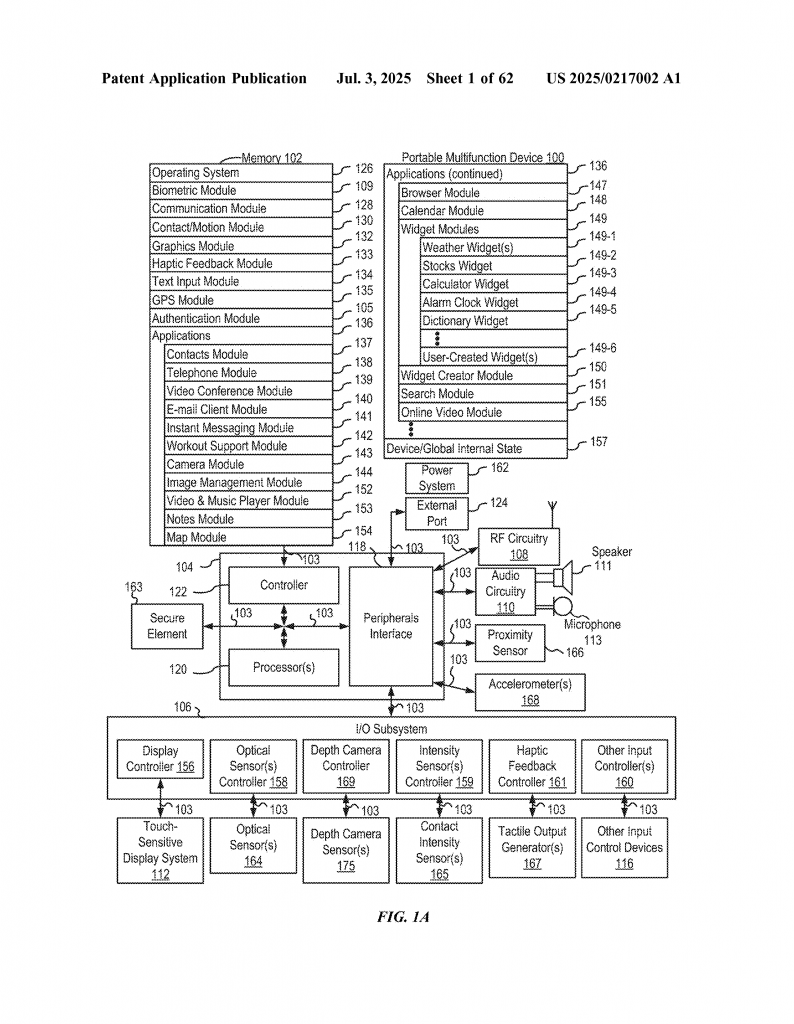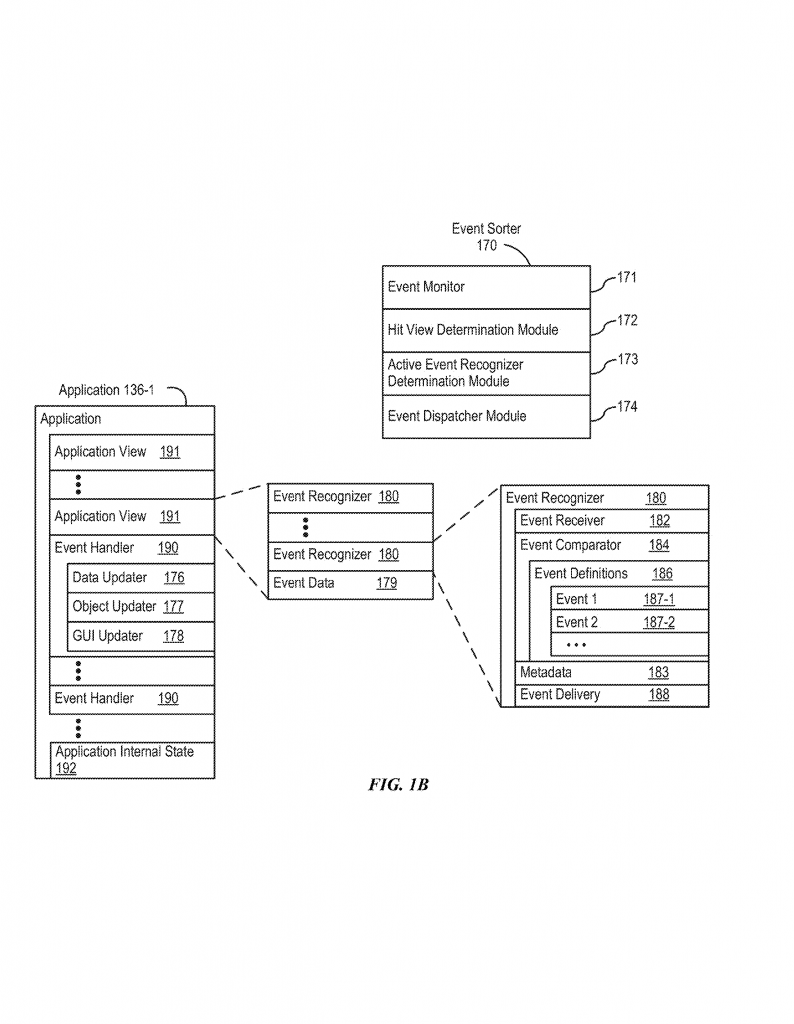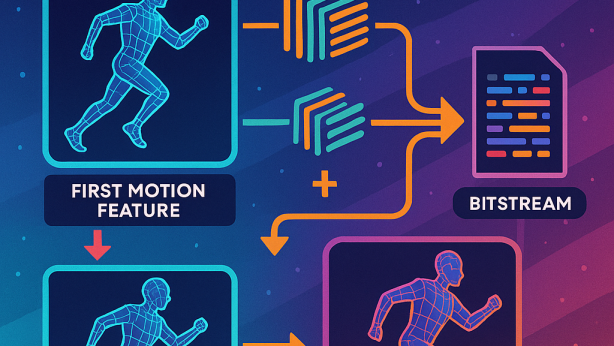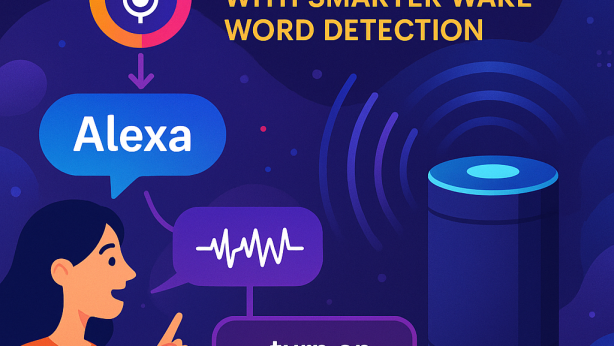THREE-DIMENSIONAL USER INTERFACES

Invented by BACIM DE ARAUJO E SILVA; Felipe, GLEESON; Brian T., KIM; Seung Wook, PUGINIER; Claire, RAJA; Samantha K., WONG; Wing Shan

Three-dimensional (3D) user interfaces are changing the way we interact with our devices. A recent patent application describes new ways to make using 3D interfaces faster, easier, and more enjoyable. Let’s explore how this technology fits into today’s world, what makes it different, and why it matters for the future of smart devices.
Background and Market Context
The world is filled with screens. Phones, tablets, smart watches, and even home appliances now have displays. As these devices become smarter and smaller, the space on their screens gets more limited. At the same time, people expect to do more with them. This has led to a need for new ways to show information that feel richer and more natural.
3D user interfaces, also known as stereoscopic interfaces, are designed to make information pop out of the screen. This gives a sense of depth, like looking into a tiny world instead of just at a flat picture. For years, 3D graphics were mostly used in movies or high-end video games. Now, thanks to better screens and faster processors, 3D can be put into everyday devices.
But even as hardware gets better, using 3D interfaces can be hard. Older 3D systems often needed special glasses or bulky gear. Some tried to use many buttons or gestures, but this could confuse people or make devices harder to use. Battery life also dropped quickly, and the devices would slow down.
Today, people wear smart watches, carry tablets, and even use smart glasses. These new devices are with us all day, so they need to be simple, fast, and gentle on battery life. The market is looking for ways to make 3D interfaces that work on small screens, react quickly, and don’t drain the battery.
Big companies are investing heavily in this area. They want users to feel like their devices are easy to use and fun. The goal is to help people get things done with fewer taps, less confusion, and more delight. This new patent application answers that call by offering a way to make 3D interfaces that feel smooth, save energy, and give clear feedback.
In short, there is a strong demand for smarter, friendlier interfaces in wearable devices, phones, tablets, and even home gadgets. The technology described in this patent could help shape the next generation of digital experiences, making them feel more real and helpful.
Scientific Rationale and Prior Art
To understand why this invention matters, it helps to know how 3D interfaces have worked in the past and what problems they faced.

Stereoscopic displays create a sense of depth by showing slightly different images to each eye. This tricks the brain into thinking it’s seeing a 3D scene. There are several ways to do this:
- Using two displays, one for each eye (like in VR headsets)
- Using special lenses or filters over a single display (like lenticular lenses or parallax barriers)
- Using glasses that filter the image for each eye
Older 3D user interfaces asked users to interact using many steps, like pressing several buttons or making complex gestures. These steps took extra time and effort, especially on small devices. Some systems even needed users to wear special hardware, which was not comfortable for long use.
Another challenge was keeping the interface fast and not wasting battery power. Every time a user made a change, the device had to calculate what to show in 3D, which could slow things down or use a lot of energy. On top of that, when people moved their devices or changed their viewing angle, the 3D effect could get distorted or lost.
Other patent filings have described ways to create 3D effects, such as using lenticular screens or tracking the user’s eyes. Some have talked about changing the depth of objects when the device is tilted or when the user makes a gesture. However, these earlier inventions often did not make the process simple or efficient.
For example, existing patents discussed:
- Switching between 2D and 3D views, but often with many steps
- Moving objects in 3D space, but not linking these changes to easy, natural inputs
- Showing interactive and non-interactive elements at different depths, but with clunky controls
- Tracking user position, but not adjusting the 3D effect smoothly as the user moves
In practice, these methods could feel slow, confusing, or even cause eye strain. They also tended to use more power, which is a problem for watches or phones that need to last all day.

The scientific rationale behind the new patent is to make 3D interfaces feel as natural as possible. The invention aims to use simple actions, like moving the device, pressing a button, or rotating a knob, to change the depth of objects on the screen. It also tries to keep the interface fast and save battery, so it can be used all day without problems.
What sets this new approach apart is how it ties together simple user actions, smart display changes, and the ability to react smoothly to the user’s movements. It also divides the interface into layers, using depth not just for looks but to help users know what they can tap or change. By linking depth changes to real-world actions, the system makes everything feel more alive, efficient, and much easier to use.
Invention Description and Key Innovations
This patent application puts forward a new way to manage 3D user interfaces. Instead of making users go through complex menus or many steps, it lets them change what they see in 3D with simple, natural actions. Here’s how it works and what makes it unique.
First, the system shows content — like a watch face, a message, or a map — with a certain amount of 3D depth. This content includes interactive parts, like buttons or icons, and non-interactive parts, like background images. Each piece can be placed at a different “depth layer,” so some things look closer and others look farther away.
The magic happens when the user interacts. The device can sense many types of input:
- Raising or tilting the device
- Pressing a button or rotating a knob (like a digital crown)
- Touching or swiping the screen
- Shaking the device
- Moving closer to or farther from the device (detected by sensors or cameras)
When the system senses these actions, it smoothly changes the depth of certain parts of the screen. For example, if you rotate a knob, the interface might “open up,” making different layers move apart and giving a stronger 3D effect. If you shake the device, a watch face might burst into confetti that floats at different depths.
One of the clever parts of this invention is how it uses depth to help users. When something is interactive, like a button, it can pop out closer to you. Non-interactive parts sink back. This makes it much easier to know what you can touch and what is just for show.

Another key feature is that the system can react to your position. If you move your head or shift the device, the display adjusts so you keep seeing the best 3D effect. If you get too far to the side, instead of showing a broken or confusing image, the system will slowly flatten the 3D effect, making everything look 2D until you’re back in the best spot.
The invention also saves power. Instead of always running in full 3D mode, it can start out showing a flat (2D) image when the device is asleep or idle. As soon as it detects an action, it quickly opens up into 3D, then goes back to flat if nothing happens for a while. This keeps the device feeling quick and helps the battery last longer.
Let’s look at some real-life examples from the patent:
- Smart Watch Wake-Up: When a user raises their wrist, the watch face changes from flat to 3D, with hands and icons popping up at different depths.
- Messaging: Recent messages appear closer than old ones. Scrolling the crown moves messages forward and back in depth, almost like flipping through cards in space.
- Maps and Buildings: Rotating a knob shows layers of a mountain or different floors in a building, each at its own depth. Extra details pop out as you bring a layer forward.
- Weather: Swiping a dial changes the weather scene from sunny to rainy, with clouds and sun at different depths that change as you scroll.
- Home Control: Swiping on a blinds icon makes the blinds close in 3D, while turning up the light makes a lamp glow brighter and jump out toward you.
The system also works with more than one person. If two people are looking at a screen, it can show each one a different 3D view that matches where they are standing. This makes it possible for families or friends to share an experience together, each seeing the best image.
Under the hood, the invention uses a mix of sensors (like cameras and accelerometers), smart software, and special screens (like lenticular displays) to make all this possible. It keeps track of where users are, what they’re doing, and how to show the right image at the right time.
Some of the most notable innovations include:
- Changing the depth of screen elements in response to natural, simple actions
- Using depth to show which parts of the interface are interactive
- Adapting the 3D effect based on where the user is looking
- Smoothing transitions between 2D and 3D to avoid confusion or eye strain
- Saving battery by only using full 3D mode when needed
- Allowing multiple users to see their own version of 3D content at the same time
All of these features are managed by smart software that can run on phones, watches, tablets, or even bigger screens. The system is flexible, so it can work with many types of devices and display technologies.
By making 3D interfaces easier to use, more natural, and less demanding on hardware, this invention could help 3D become a normal part of everyday digital life, not just a special effect for games or movies.
Conclusion
The patent application we explored here is about making 3D user interfaces a practical, helpful part of modern devices. It solves real problems with today’s 3D systems by tying depth changes to simple actions, using depth to guide users, and adapting to how people move and use their devices. It saves power, reduces confusion, and opens new ways for devices to feel more alive and easy to use.
As screens get smaller, and as people expect more from their devices, smart use of 3D can help make digital experiences feel richer and more human. This invention points the way toward a future where 3D is not just a gimmick but a core part of how we see and use our technology every day.
If you’re a product maker, designer, or just someone who loves new gadgets, this technology is worth watching. It shows how deep thinking about human needs, technology, and design can come together to create something that truly changes the way we interact with the digital world.
Click here https://ppubs.uspto.gov/pubwebapp/ and search 20250217002.


